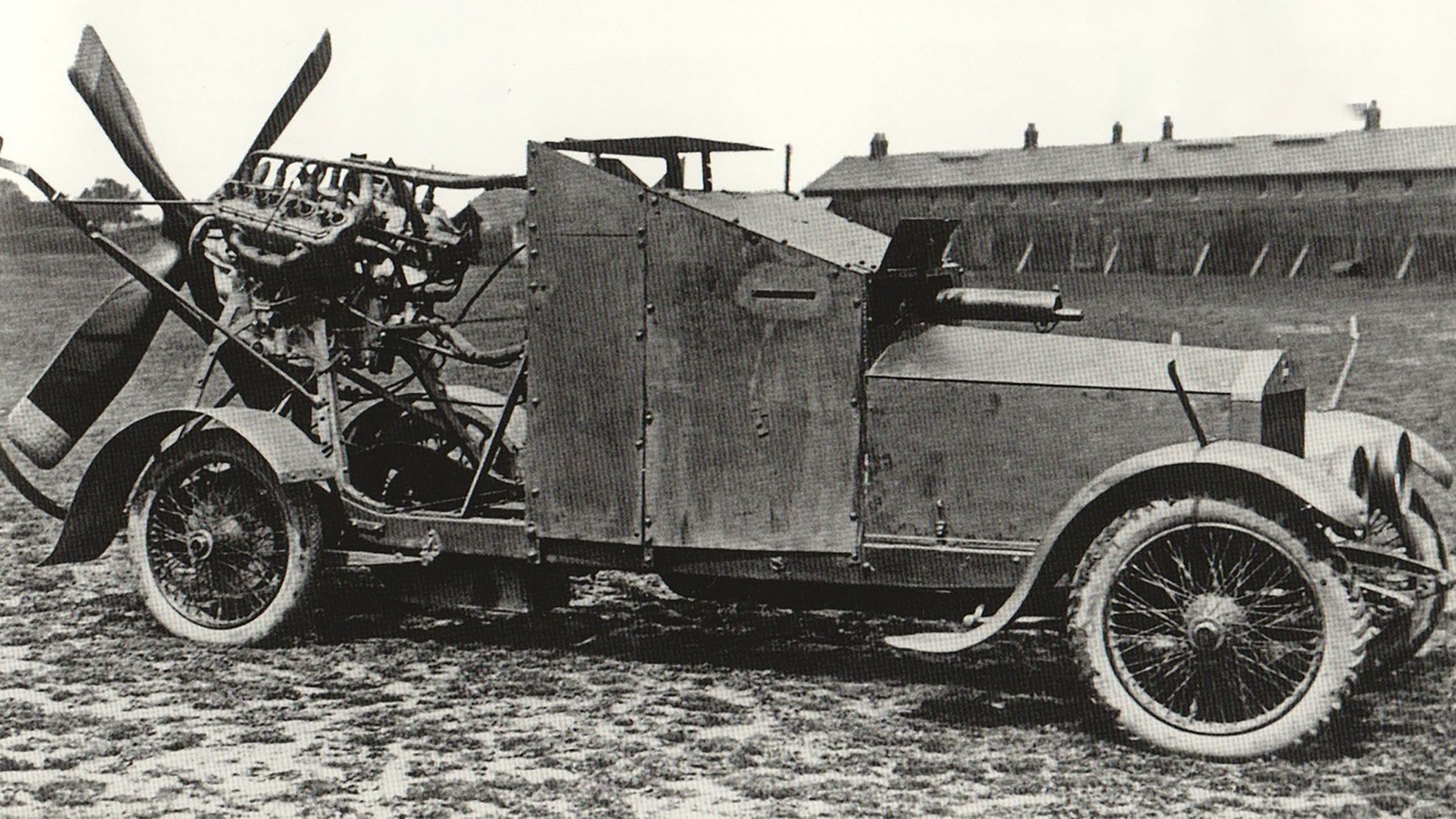Thankyou for that.@MarcH You had been looking for months already for an explanation regarding the weird history of the Vickers 75mm HV, and luckily this book contains some info about that.
What is worth knowing is that based on experience with Grants and Shermans, the British had decided to study a Cromwell rearmament with the 75mm M3 or a medium velocity gun capable of shooting US 75mm ammunition for commonality. This is what led Vickers to offer what would become the OQF Mk V. At this point many officers and in particular director of artillery E.M.C Clarke wanted a gun with greater velocity to punch through heavier armor. Vickers was unofficially approached by Sir Robert Micklem (former managing director at Vickers and now in the war office/ministries) to develop a more powerful gun which would combine the HE performance of the 75 with higher hole punching capability to hopefully replace both the 6pdr and the medium velocity 75mm, to fit in the Cromwell.
While medium velocity 75mm ammo was to come entirely from the USA, the HV 75 could use American projectiles but the British would design a new HE projectile and modify US APCBC so they could manufacture HV 75mm rounds in Britain. As such, the choice of caliber most likely was not really for commonality since the ammo would be built locally anyway, but rather because Vickers was already familiar with 75mm projectiles as it had developped the medium velocity 75 first (the mounting was however delayed quite a lot). Initially only 2400 fps muzzle velocity was expected, but then this was 2750 fps in a new gun, 150 fps greater than the US 76 due to the ability to handle greater pressures, and twice the bursting charge weight. Penetration was slightly better. As such it seemed to be a great gun.
Eventually, as you know the story of "the 75 can't fit" would happen because the 75 HV lacked a semi-automatic mechanism and adding it would make it too big, so a new turret and mounting would be designed. At this point the idea of using the US 76mm M1 resurfaced (it had been considered in December 42, but at the time a new turret was not intended and since it did not fit in Cromwell it was not accepted). However, the 76 would have introduced many ergonomic and turret design difficulties that the British did not like (longer rounds so harder to load, poor compatibility with the BESA, sight and crew layout, unbalanced mounting mounted further forward which led to a King Tiger-style narrow front turret, gun can't be removed from the front, worse frontal arc protection).
However, this now led the British to compare the 75 HV with the 17pdr. It was found that the 75 HV had a more sensible and stronger tied jaw breech while the 17pdr had an open jaw breech (google, you will see what they look like). The stronger tied jaw breech meant that even accounting for the difference in raw power, the 75 HV's breech was a more compact and efficient design. Thanks to improved production capacity, the British assessed that they could now design an optimized tank version of the 17pdr which would use this style of breech and relocated mouting lugs for the recoil buffers to fit any optimized tank mounting. Although I can't confirm it, it appears this would inspire the versions of the 17pdr developped for the Sherman Firefly and Centurion. If necessary, the case of the 75 HV would be used to obtain shorter rounds.
In the meantime, it was finally chosen to adapt the 75 HV to use 17pdr projectiles because manufacturing would be simplified and it could immediately use 17pdr APCR/APDS when these rounds would become available. So there it is.
I have often thought that the HV 75mm was offered based on official prodding rather than being a Vickers enterprise and that settles it. The whole process does seem a bit backwards though. Wanting to design a British version of the US 75mm does make sense from a logistical point of view as does the desire for increased performance of that gun. That the decision would be made to keep the HV gun a 75mm design that could use US projectiles but Britain will build its own separate ones anyway seems like madness. That they eventually "got it right" by switching to 3" calibre and the 17pdr projectiles highlights the waste that likely went into the 75mm HV gun. The 17pdr and its related ammo were well underway when the HV 75mm gun started and while I could understand if the British were simply sticking with US projectiles in a new case going for new/modified 75mm Projectiles...
Well that answers one of my biggest conjectures. I had often thought that the 75mm HV was an attempt by the British to influence the US in some way, perhaps create a "universal" Sherman or something. Instead it seems it was a combination of bureaucracy, inertia and stupidity.
